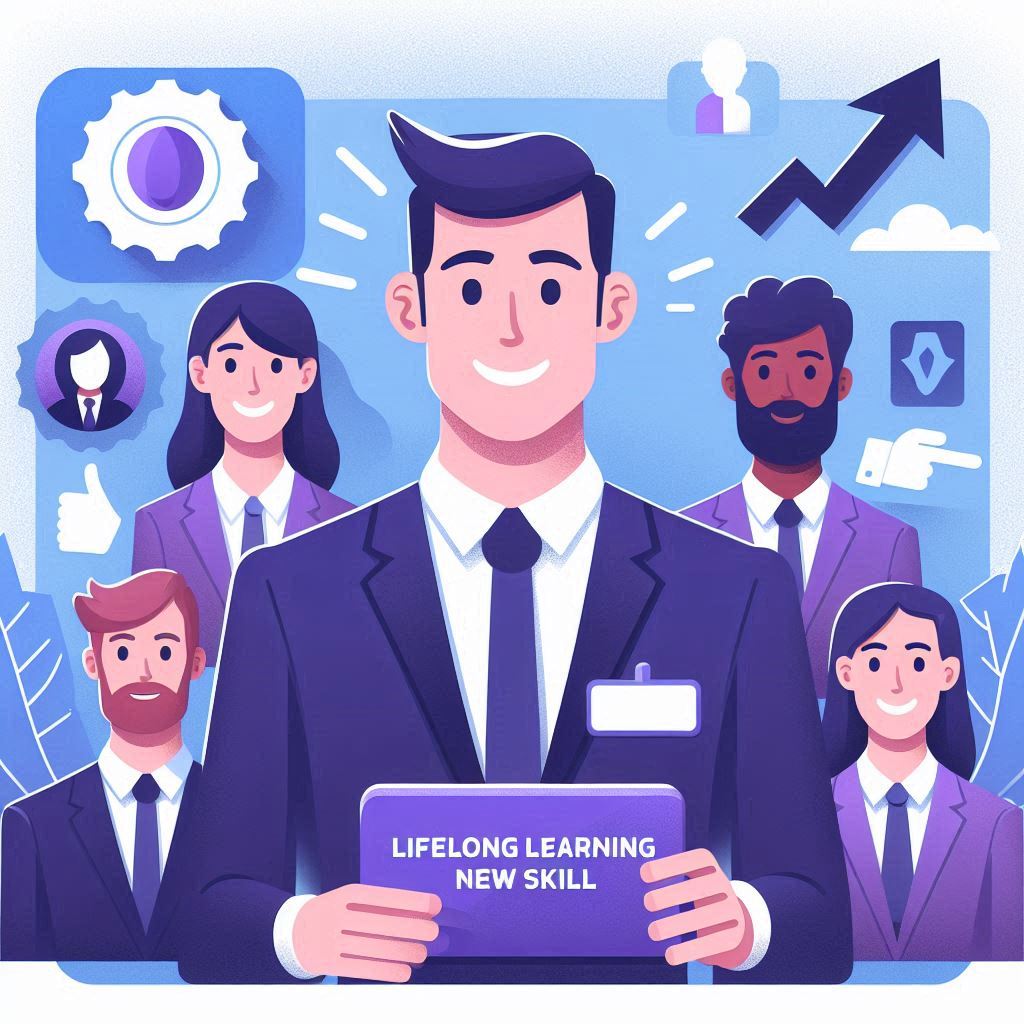Employee Engagement with a Learning Platform
Employee Engagement with a Learning Platform
Learning platforms and micro-learning are today making progress and entering the daily lives of companies. In addition, the emphasis has shifted from actively seeking talent outside the company to developing talent in its existing employees through modern training methods and digital platforms. 77% of HR managers prefer to train existing employees, and 23% of specialists prefer to look for new talents. Training platforms are the most suitable environment for employee training today.
Why is it important to engage employees?
Employee engagement remains a major challenge for companies. Although the engagement rate is gradually increasing every year, in 2020, the engagement rate reached 39%. Teams with a high level of engagement are 20% more productive and have 43% lower employee turnover. And by being engaged, employees feel enthusiastic about doing their job, being aware of the meaning of their work.
How do training platforms promote employee engagement?
Training platforms improve employee engagement by addressing a number of engagement elements identified by research company Gallup. Employees receive all the information they need to do their jobs well and gain growth opportunities. Through training platforms, employees understand workplace expectations, obtain specific materials with information and practical tasks to do their job well, and assess their own and team’s learning progress. In addition, one of the most successful factors for engagement is opportunities for growth and development.
Starting an employment relationship – onboarding on learning platforms
The first working days are the most important and appropriate time to bring a new employee into the company’s culture, values, and training in job responsibilities. One of the advantages of learning platforms is developing, improving, and automating a recording program. Human resource managers and business leaders develop introductory training based on the basic principles of onboarding. As a result, companies avoid missing any information that can happen if the training of a new employee is handed over to colleagues.
The onboarding program on the training platform allows managers to track the progress of training new employees and promote employee loyalty and engagement.
The cornerstones of microlearning – the learning experience of employees at the center
In order for the learning platform to be effective and able to promote employee engagement, several aspects should be included, which are the cornerstones of modern training platforms.
First, finding out employees’ learning habits and experiences. Through questions and listening, HR professionals understand employees’ unique learning experiences to best target training directly to their team and promote employee growth and engagement. In addition, 8 out of 10 employees appreciate the possibility of receiving personalized course recommendations based on their career goals.
Second, training is part of the workflow. 3 – 10 minutes of training easily fits into a working day at a set or freely chosen time. This is important because 68% of employees prefer on-the-job training, and 49% of employees prefer training when knowledge is needed to complete tasks. Micro-learning is increasingly integrated into work because it is short, focused, and feasible daily, bringing the learning culture to life. Employees no longer have to spend time finding information because everything is already prepared in one place.
Third, learning platforms include multimedia content that holds the attention and helps to remember information effectively. Video format, infographics, and images help you perceive content better than long and written texts. Several studies have shown that information is easier to perceive and remember when it is in a visual format.
Fourth, several platforms include elements of gamification. The most popular game elements used are points, levels, virtual trophies, and leaderboards. The inclusion of game elements makes learning more interesting and promotes a healthy team spirit and strengthens the relationship between colleagues when group tasks are included. Although gamification in job training is a relatively new trend, 89% of employees have already indicated that the use of gamification activities would increase their engagement in work. And 9 out of 10 employees feel more motivated and productive when training elements are included in the training.
And the next, no less important aspect, is the immediate evaluation. On the training platforms, employees learn about their assessment in terms of earned points and receive awards and recognition from managers for what they have done well. The frequency of receiving feedback affects employee engagement. Namely, the more frequent the evaluation, the higher the level of employee engagement.
And the most common way in which training platforms themselves are evaluated is through employee perceptions of them and the number of courses taken.
Together, these aspects ensure both the continuous acquisition of knowledge and skills and the development of competencies. In addition, people live in an abundance of information, so they will be able to attract and retain easily accessible information, game elements, and multimedia content. Just like everyday content on social networking sites like Facebook or YouTube.
Training – a TOP priority in companies on a global level
In 2020, the World Economic Forum pointed to the urgent need to acquire new skills in the coming years within the framework of existing job responsibilities and to retrain for other job responsibilities due to technological developments.
Across the world, the priorities for training and development programs in companies in 2021 are competence development, leadership training, and virtual onboarding. This training encourages employee engagement.
Promote employee engagement, knowledge acquisition, and team-building with the digital platform Efectio. Important tools in one place: onboarding, micro-learning, 30-day challenges, and gamification.









